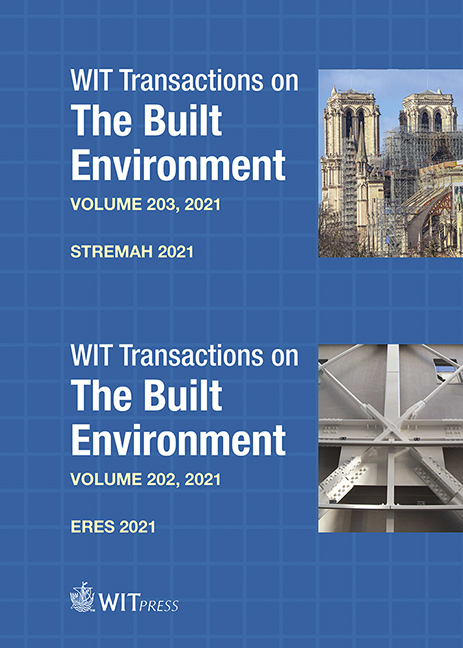EVOLUTION OF THE TRADITIONAL TURKISH HOUSE
Price
Free (open access)
Transaction
Volume
203
Pages
13
Page Range
63 - 75
Published
2021
Size
2,607 kb
Paper DOI
10.2495/STR210061
Copyright
WIT Press
Author(s)
TAMARA KELLY
Abstract
Cities or its urban fabric arose over many centuries but during the evolution period, architecture lacked its identity and deform premises erected. Architecture progresses according to many factors and among those influences are intangibles as political drive, inspirations from other civilizations, religious guidance. Whereas physical sways such as climate or availability of materials and skilled labours are behind other great architecture formation. Despite all those influences cities nowadays are similar and buildings are identical regardless of their location on the map. Turkish houses changed during various eras to meet the needs of different generations yet maintained robust characteristics and responsiveness. Hayat house is the traditional residential premise and a significant element in Turkish architecture, it is the core of this article. This paper is an attempt to help students and researchers to learn lessons from our ancestors who managed to advance the components of their house and yet created iconic innovative architecture. Furthermore the paper will examine the impact of diverse forces in shaping the distinct character of Turkish houses. The methodology of this paper is based on a literature review of various references and a theoretical analysis of several case studies in Turkey.
Keywords
Hayat house, Sofa house, Ottoman architecture, vernacular architecture




